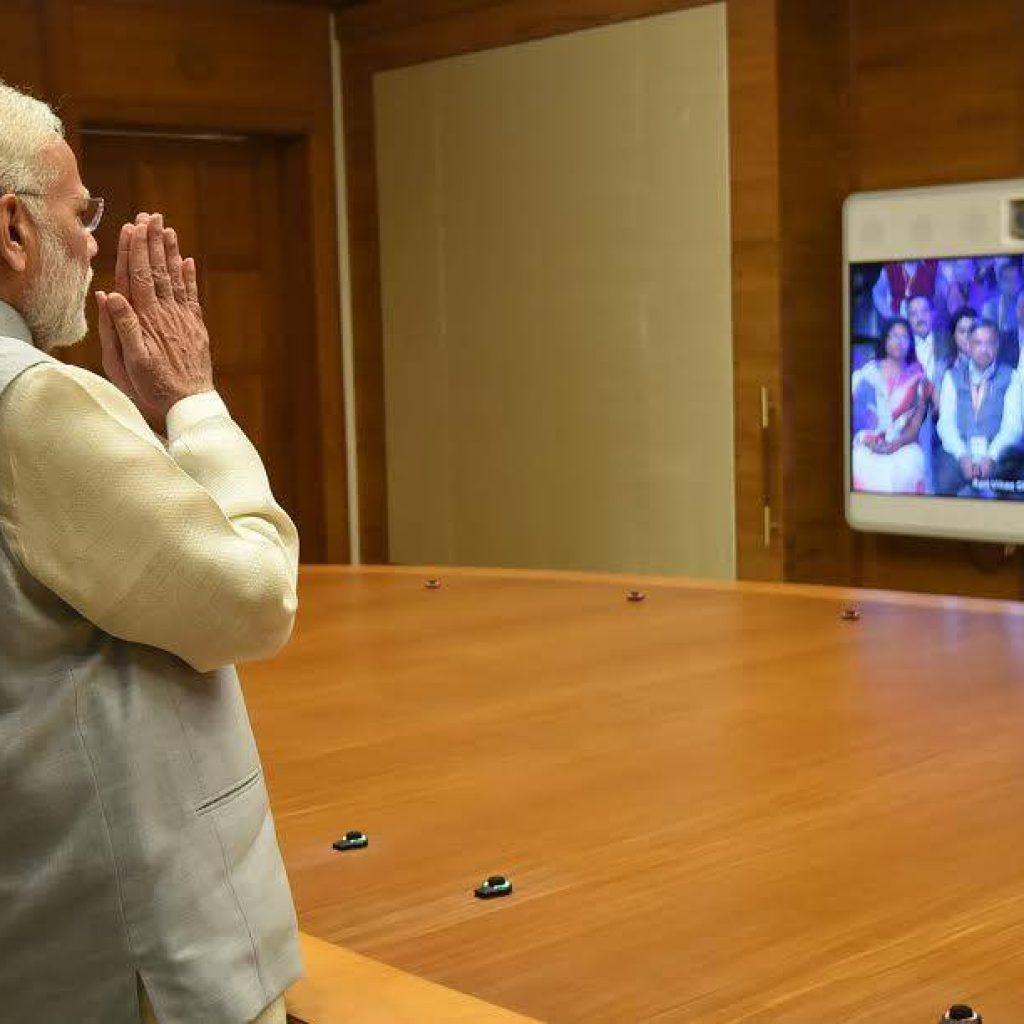
As calls for going cashless grow louder in India, a key challenge being faced globally is to check the continuing rise in the total value of currency in circulation and their share in the overall GDP — a trend particularly visible in the US, Switzerland and Euro area.
With Prime Minister Narendra Modi’s sudden move to cancel the legal character of old Rs 500 and Rs 1,000 currency notes in the fight against black money and corruption, the focus is all the more high on digital payments as the way forward.
However, experts feel that continuing rise in the circulation of currencies in economic activities could well be a key impediment in the transformation to a cashless and digital economy. India’s cash to GDP ratio, an indicator of the amount of cash used in the economy is around 12 to 13 percent, much higher than major economies including the US, the UK and Euro area but below that of Japan (about 18 percent).
Surprisingly, another emerging economy Indonesia has a much lower ratio of around 5 percent. In the case of Switzerland, ratio between bank note circulation and GDP has been on the rise since 2007.
Besides, out of the total notes in circulation, those with denominations of 1,000 and 500 Swiss Francs make up for more than 62 percent of the total, as per data available with the Swiss National Bank. Similar are the trends in the US, the world’s largest economy, and the Euro area, which share common currency euro.
At the end of 2015, the volume of American dollars in circulation was little over 38.1 billion and the upward trend is being witnessed since 2000, as per data from the US Federal Reserve. The circulation of euro cash jumped to 1.1 trillion euros at the end of 2016 September quarter, which is three times higher than seen in 2003, Deutsche Bank said in a recent report.
With respect to India, a July report, jointly published by Google and Boston Consulting Group, projected that digital payments market would account for around 15 percent of the GDP by 2020.
The report pegged India’s digital payments market size to touch USD 500 billion by 2020. Non-cash contribution in the consumer payments segment would double to 40 percent, it said.
Estimates indicate that excess cash requirement in the country’s system could be worth Rs 5 lakh crore, a scenario which assumes significance against the backdrop of a large number of people still remaining out of formal banking ambit. займ на карту с 19 летзайм в белореченскезайм на карту по фотографии паспорта
